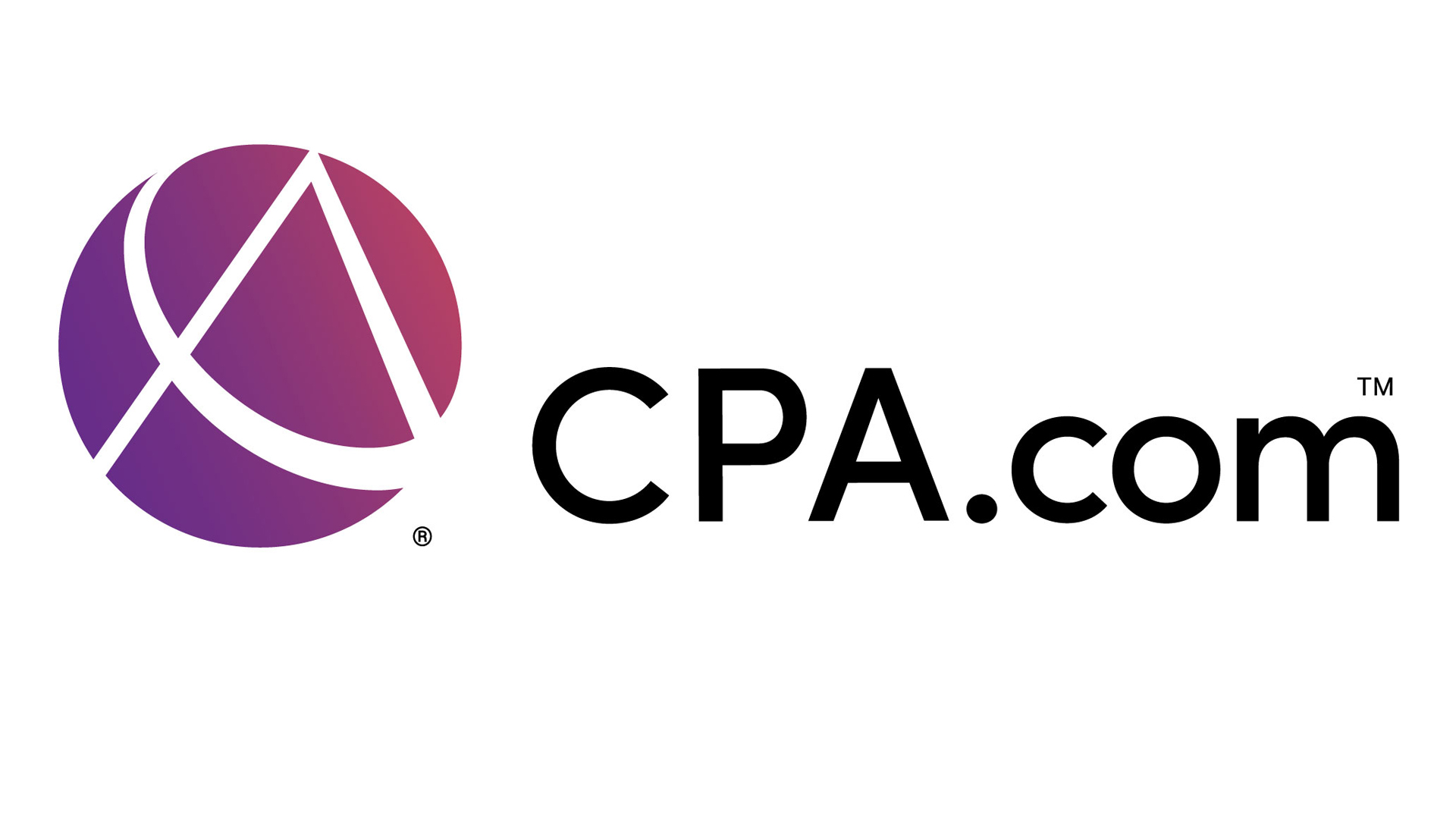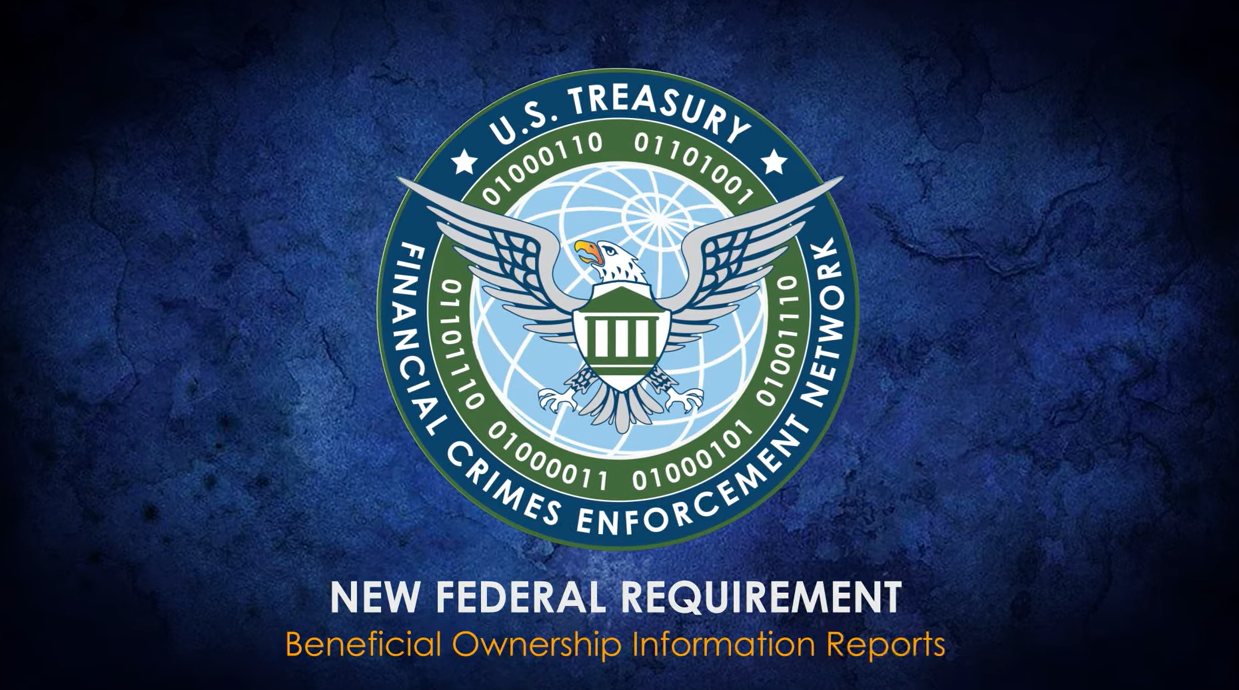Cooper Union is a NYC-based private college that was founded in 1859 with a mission to be “open and free to all.” For over 150 years the school relied on its significant endowment to provide a tuition-free education to its students.
But in 2013 Cooper Union suddenly began charging its students $20,000 a year. President Jamshed Bharucha said at the time that the charge was necessary for the institution to stay financially viable. The New York Times had reported the problem was decades in the making.
In 2015 NY Attorney General Eric Schneiderman began an investigation of Cooper Union, reportedly as a direct result of the failure of their board to manage their $735 million endowment and physical assets properly.
The action also reflected a broader interest from the NY State Attorney General in “…working hard to prevent mismanagement before it starts and, whenever possible, get troubled charities back on track.”
Schneiderman pointed out that for many years regulators have exercised little scrutiny over nonprofits, likely based on the assumption of moral authority and good will about such organizations. The NY AG went on to warn that it’s easy for well-meaning donors and paid nonprofit executives to become ill-informed managers, running their organizations into the ground.
In September of 2015 Scheiderman announced a comprehensive reform package to resolve the Cooper Union investigation and law suit, including a board restructuring, financial monitoring and transparency measure.
Lessons to be Learned from the Cooper Union Debacle
To avoid financial problems or the failure of a nonprofit, it is imperative to monitor the organization’s financial health – by employing good corporate governance. Governance is defined as the process of providing strategic leadership and exercising sound fiduciary oversight for an organization.
Nonprofit Governance is No Easy Task
To protect their financial health and viability, nonprofits should focus on the financial factors that can affect corporate integrity. As noted earlier, many of the recent bankruptcies and financial mishaps in the nonprofit sector can be attributed to a failure to properly monitor and manage its fiscal resources.
The following guidelines will help nonprofits take a proactive approach to good governance.
Use financial dashboards for decision making:
Most organizations produce monthly or quarterly financial statements that consist of a balance sheet, income statement and budget-to-actual expenditures report. But to the untrained eye, all these reports can be hard to decipher.
“Financial dashboards” can be used by decision makers to analyze tailored financial information using graphs and visuals that are easier to understand. They keep everyone on the same page by presenting information in an easily digestible format. Consistent monitoring of dashboard metrics can help avoid unpleasant surprises.
Remember that better financial information leads to better financial decision making.
Understand Your Liquidity and Availability of Resources:
Liquidity is the term used to describe how easy it is to convert assets into cash. The liquidity scale then ranges from fairly-liquid assets like CDs or shares of stock, to illiquid assets like real estate, because it can take weeks or months to sell.
Liquidity ratios can be used to measure an organization’s ability to meet its near-term financial obligations like rent, payroll, mortgage payments or payments against a line of credit. For example, the “current ratio” is the proportion of current assets available to cover current liabilities. Availability of resources for general operating expenses is key when considering liquidity. The measure should be to assess “Liquid and Available” resources.
Bankrate.com offers a great current ratio calculator that compares current assets to current liabilities. This ration can give you the information you need to plan for covering upcoming payments.
It’s a smart idea to benchmark your organization’s financial health and liquidity ratios against your “peer group.” The financial statements for most New York state charities can be found on www.charitiesnys.com.
Pay Close Attention to the Balance Sheet
Nonprofit organizations tend to overlook the importance of the statement of financial position or “balance sheet” and focus instead on the “income statement” or “statement of activities” showing net income or loss for each period reported.
The balance sheet measures the financial strength of an organization, while the income statement reports the profitability for one particular reporting period. For example, the income statement doesn’t reflect when your accounts receivable will come in. You must also review line items on the balance sheet that need to be reassessed to determine whether they should be written off or written down.
The board should focus on the balance sheet and obtain periodic reporting on specific balance sheet items such as accounts receivable. Use an “aging report” to identify old receivables that may become uncollectible.
Provide Ethical Leadership by Example
The ethical environment that is created by the organization’s board of directors and top management has a trickle-down effect. The tone set by the board and management should promote ethics, integrity, honesty and transparency by clearly communicating expectations and leading by example.
At a minimum, organizations should enforce their conflict-of-interest policy and communicate the code of ethics to employees. The board should conduct annual performance evaluations of its paid senior staff, including all its “C-Suite” executives.
Conclusions
There is no single factor or “silver bullet” that a nonprofit can seek nor rely on to provide a comprehensive evaluation of the effectiveness of its governance policies. There are numerous elements on financial statements that need to be viewed in a holistic manner.
Comprehensive reporting, in an easy-to-understand format, will help board members and senior staffers better meet their fiduciary responsibility, and avoid costly (and potentially fatal) financial mistakes.
Thanks for reading CPA Practice Advisor!
Subscribe Already registered? Log In
Need more information? Read the FAQs
Tags: Accounting

![Thomas,_Sibi_2018_resized_[1]](https://www.cpapracticeadvisor.com/wp-content/uploads/2022/04/Thomas__Sibi_2018_resized__1_.60a52e3ac3a1d.png)



